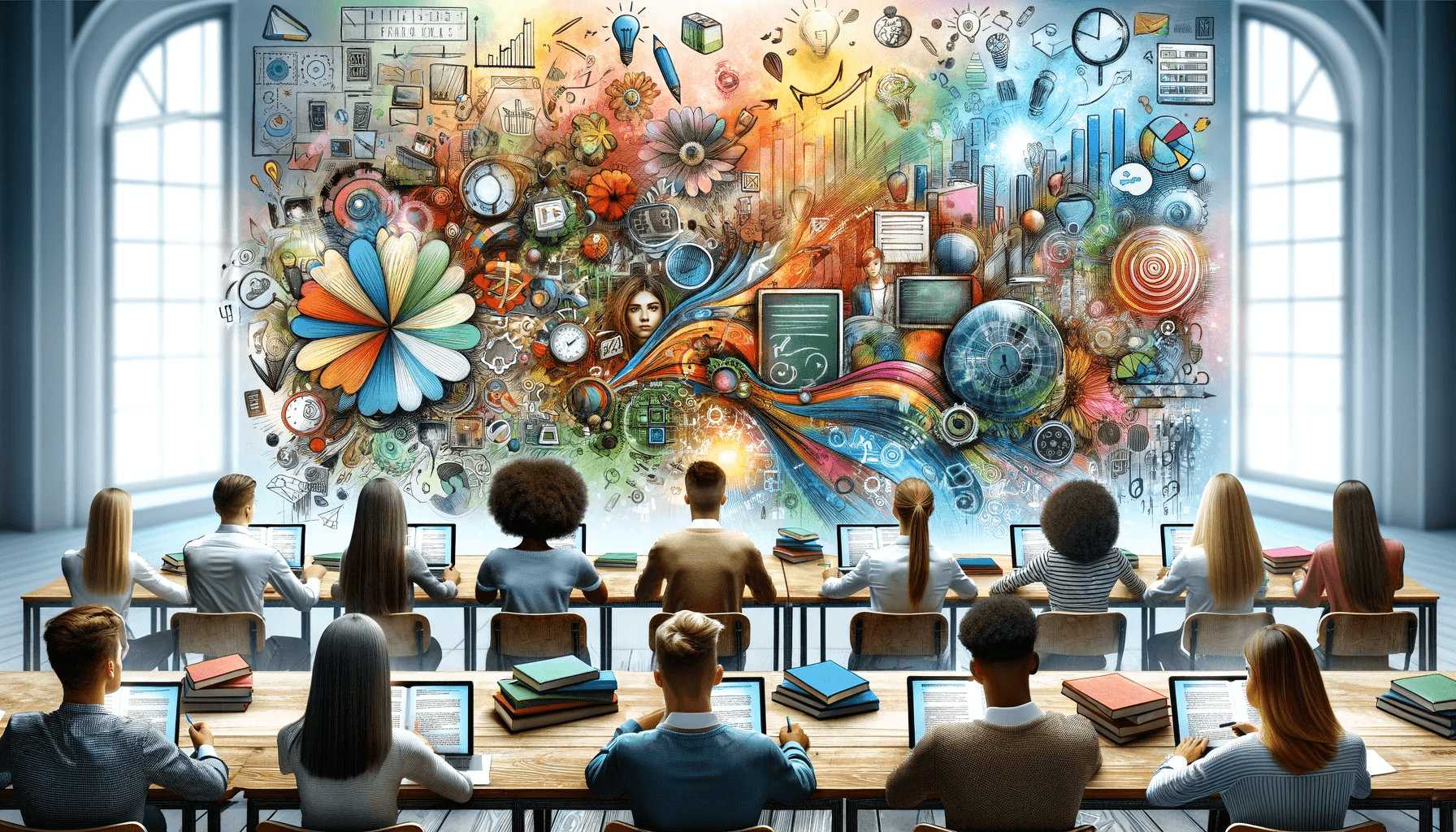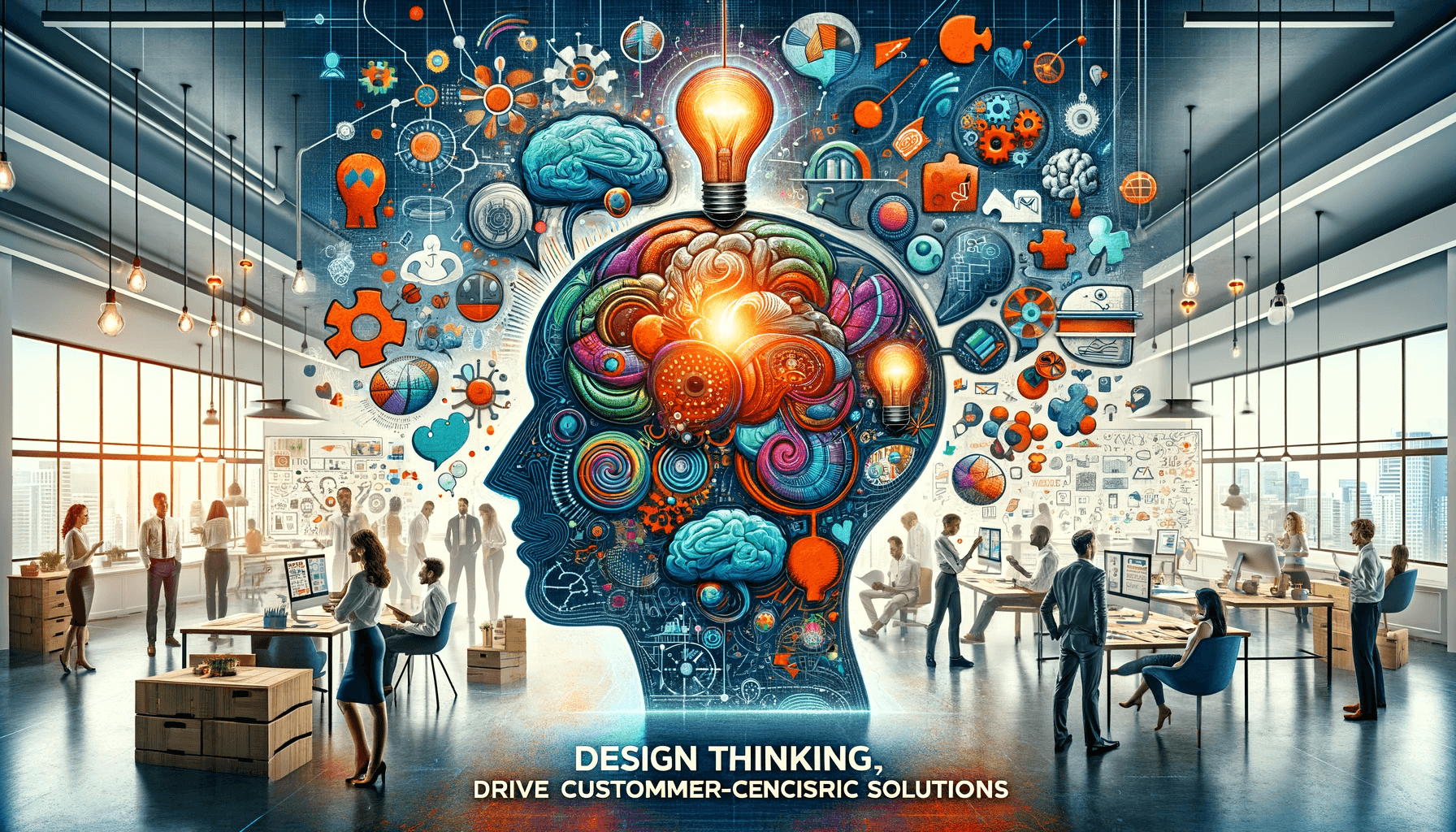Sponsor Millionaire’s Brain Academy
Table of Contents
Education is the foundation of knowledge and growth. Educational content is crucial in facilitating learning, whether in a classroom setting, on an online platform, or through self-study. Well-crafted educational materials can make the difference between a bored student and an engaged one, between confusion and understanding. In this guide, we will explore the critical elements of creating educational content that is both engaging and effective. From understanding the target audience to incorporating multimedia elements, we will delve into strategies to help you create exceptional learning materials.
The Importance of Educational Content
Educational content serves as the backbone of any learning experience. It provides the necessary information, explanations, and guidance that learners need to acquire knowledge and skills. Without well-designed educational content, the learning process becomes fragmented and ineffective. Educators, instructional designers, and content creators are responsible for ensuring that the educational materials they produce are of high quality and meet the needs of their learners.
Understanding the Target Audience
Before diving into creating educational content, it is essential to understand the target audience. Each group of learners has unique characteristics, preferences, and learning styles. You can gain insights into their needs, interests, and prior knowledge by conducting thorough research and analysis. This understanding will enable you to tailor the content to their specific requirements, making it more relevant and engaging.
When researching your target audience, consider age, educational background, skill level, and cultural diversity. Use surveys, interviews, and observation to gather data and identify patterns. This information will inform your content creation process and help you make informed decisions about the format, language, and presentation style.
Setting Clear Learning Objectives
Clear and measurable learning objectives are the foundation of effective educational content. Learning objectives define what the learners should be able to accomplish after engaging with the material. They provide a roadmap for learners and content creators, ensuring that the learning outcomes are clear and achievable.
When setting learning objectives, focusing on the desired knowledge, skills, or competencies the learners should gain is important. Use action verbs to describe the expected outcomes, such as “analyze,” “synthesize,” or “apply.” By making the objectives specific and measurable, you can track your learners’ progress and evaluate the content’s effectiveness.
Choosing the Right Format for Educational Content
Once you clearly understand your target audience and learning objectives, it’s time to choose the right format for your educational content. The format of your content will depend on various factors, including the subject matter, the learning environment, and the technological resources available.
Some popular formats for educational content include text-based materials, such as textbooks or articles, video lectures, interactive presentations, podcasts, and online quizzes. Consider the strengths and limitations of each format and choose the one that aligns with your learners’ preferences and learning objectives.
Creating Engaging and Interactive Content
Engagement is a key factor in effective learning. When learners are engaged, they are more likely to pay attention, process information, and retain knowledge. To create engaging educational content, consider incorporating interactive elements that encourage active participation and critical thinking.
Interactive content can take many forms, such as interactive quizzes, simulations, case studies, group activities, and discussions. These activities allow learners to apply their knowledge, solve problems, and collaborate with others. By providing opportunities for active engagement, you can enhance the learning experience and make the content more memorable.
Incorporating Multimedia Elements
Multimedia elements, such as images, videos, and audio, can enhance the effectiveness of educational content. Visual and auditory stimuli help to capture the learners’ attention, convey complex concepts, and facilitate understanding. When used appropriately, multimedia elements can make the content more engaging, memorable, and accessible to learners with different learning styles.
When incorporating multimedia elements, consider the relevance and quality of the media. Use visuals that are clear, high-resolution, and related to the content. Choose videos or audio clips that enhance the learning experience and provide additional context or examples. Avoid overloading the content with unnecessary multimedia elements that distract or confuse the learners.
Incorporating Real-life Examples and Case Studies
Connecting educational content to real-life situations and practical examples can make the learning experience more relatable and meaningful. Real-life examples help learners understand how the knowledge and skills they are acquiring can be applied in the real world. Case studies allow learners to analyze complex problems, make decisions, and reflect on their learning.
When incorporating real-life examples and case studies, choose scenarios relevant to the learners’ lives or future careers. Provide detailed explanations and analysis to help learners understand the connections between theory and practice. Encourage learners to reflect on their experiences and apply the concepts learned to real-world situations.
Using Storytelling Techniques
Storytelling is a powerful tool for capturing attention, engaging emotions, and facilitating learning. By presenting information in the form of a narrative, you can make the content more relatable, memorable, and impactful. Storytelling helps learners connect with the material on a deeper level and fosters a sense of curiosity and exploration.
When using storytelling techniques, consider the story’s structure, characters, and plot. Introduce a problem or conflict the learners can relate to and guide them through the resolution or learning journey. Use vivid descriptions, dialogues, and anecdotes to make the story come alive. At the end of the story, tie it back to the learning objectives and provide opportunities for reflection and application.
Incorporating Assessment and Feedback
Assessment and feedback are essential components of the learning process. They provide learners with opportunities to evaluate their understanding, identify areas for improvement, and reinforce their learning. Incorporating assessment and feedback into your educational content can promote active learning and help learners track their progress.
Assessment can take various forms, such as quizzes, assignments, or projects. Design assessments that align with the learning objectives and provide meaningful insights into the learners’ knowledge and skills. Provide timely and constructive feedback that highlights strengths, identifies weaknesses, and suggests areas for improvement. Encourage learners to reflect on their performance and use the feedback to enhance their learning.
Optimizing Educational Content for Different Learning Styles
People have different preferences and learning styles when acquiring new knowledge and skills. Some learners prefer visual materials, while others prefer auditory or kinesthetic experiences. To ensure your educational content is accessible and effective for all learners, consider optimizing it for different learning styles.
To optimize educational content for different learning styles:
- Provide a variety of resources and activities.
- Include visual aids, such as diagrams or infographics, for visual learners.
- Offer audio recordings or podcasts for auditory learners.
- Incorporate hands-on activities or simulations for kinesthetic learners.
By providing multiple modalities for learning, you can accommodate your learners’ diverse needs and preferences.
Testing and Iterating Educational Content
Creating educational content is an iterative process. It requires continuous testing, feedback, and improvement to ensure its effectiveness. Once you have developed the initial version of your educational materials, test them with a sample group of learners or colleagues. Gather feedback on the content’s clarity, relevance, and engagement level.
Use the feedback to make necessary revisions and improvements. Consider the suggestions and insights provided by the learners and incorporate them into your content. Test the revised version again to evaluate the impact of the changes. Repeat this process until you are confident that the educational content meets the desired learning outcomes and engages the target audience effectively.
Measuring the Effectiveness of Educational Content
Measuring the effectiveness of educational content is crucial for evaluating its impact and identifying areas for improvement. Various methods and tools are available to assess the effectiveness of your materials, such as pre-and post-assessments, surveys, interviews, and analytics data.
Collect data on learner satisfaction, knowledge retention, and skill development. Analyze the results to identify trends, patterns, and areas of improvement. Use this information to refine your content creation process and make data-driven decisions. Continuously monitor the effectiveness of your educational content and make adjustments as needed to ensure maximum impact.
Conclusion
Creating engaging and effective educational content requires careful planning, research, and consideration of the learners’ needs and preferences. You can create educational materials that captivate learners and facilitate their growth by understanding the target audience, setting clear learning objectives, choosing the right format, and incorporating interactive elements, multimedia, and real-life examples. Remember to optimize the content for different learning styles, incorporate assessment and feedback, and continuously test and iterate to improve effectiveness. By following these guidelines, you can create educational content that inspires, empowers, and transforms the learning experience for your audience.
CTA: Start creating engaging educational content today and positively impact the lives of your learners!




